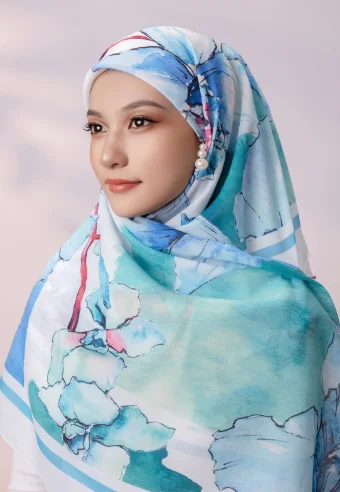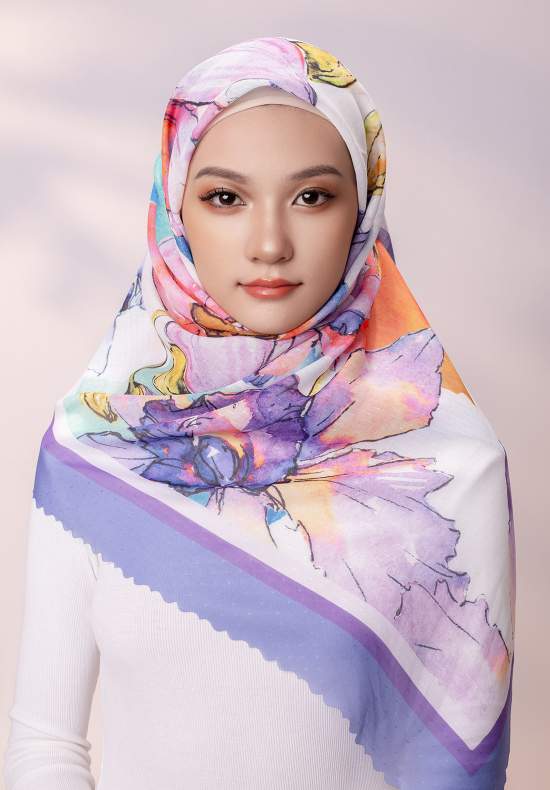Development history of polyester
Development history of polyester
1. Definition and Nomenclature of Polyester Fiber
Polyester fiber, commonly referred to as PET fiber, is a synthetic fiber composed of macromolecular chains connected by ester groups. In China,
fibers with a polyethylene terephthalate content exceeding 85% are classified as polyester. Internationally, this fiber is known by various trade
names, such as Dacron in the United States, Tetoron in Japan, and Terlenka in the United Kingdom. Other historical names include Lavsan from
the former Soviet Union.
2. Historical Development of Polyester Fiber
The origins of polyester date back to 1894, when Vorlander synthesized low molecular weight polyester using succinyl chloride and ethylene
glycol. Early polyester, however, was unsuitable for textiles due to its low molecular weight and melting point, which made it water-soluble.
Significant progress was made in 1941 when Whinfield and Dickson in the UK successfully synthesized polyethylene terephthalate (PET). This
development enabled the production of high-quality fibers through melt spinning. By 1953, the United States had established the first factory
for PET fiber production, marking a major milestone in the development of synthetic fibers.
3. Advancements in PET Fiber Technology
With advancements in organic synthesis and polymer science, a variety of PET fibers with unique properties have emerged. Notable examples
include:
Polybutylene terephthalate (PBT) and polytrimethylene terephthalate (PTT) fibers: Known for their high stretch elasticity.
Fully aromatic polyester fibers: Renowned for ultra-high strength and high modulus.
Typically, the term "polyester fiber" refers to polyethylene terephthalate fibers, which are widely used in various applications.
4. Properties of Polyester Fiber
Polyester fiber possesses numerous advantages, including:
Mechanical Properties: High breaking strength and elastic modulus, moderate resilience.
Thermal Properties: Excellent heat resistance, with a melting point of about 255°C and a glass transition temperature of about 70°C. It also
exhibits a strong heat-setting effect.
Chemical Resistance: Resistant to organic solvents, detergents, bleaching solutions, and weak acids and alkalis.
Durability: Washable, wearable, and stable under various conditions.
These attributes make polyester fiber ideal for applications ranging from home textiles to industrial protective clothing.
5. Impact of Industrial and Technological Advances
The growth of the petroleum industry has provided abundant and cost-effective raw materials for polyester fiber production. Advances in
chemical engineering, machinery, and electronic automation have further enhanced production efficiency. These factors have contributed to
polyester fiber becoming the most rapidly growing and highest-yielding synthetic fiber globally.
6. Market Dominance of Polyester Fiber
By 2010, global polyester fiber production reached 37.3 million tons, representing 74% of the total synthetic fiber market. This remarkable
growth underscores the fiber’s importance in modern industries and its versatility in meeting diverse demands.




